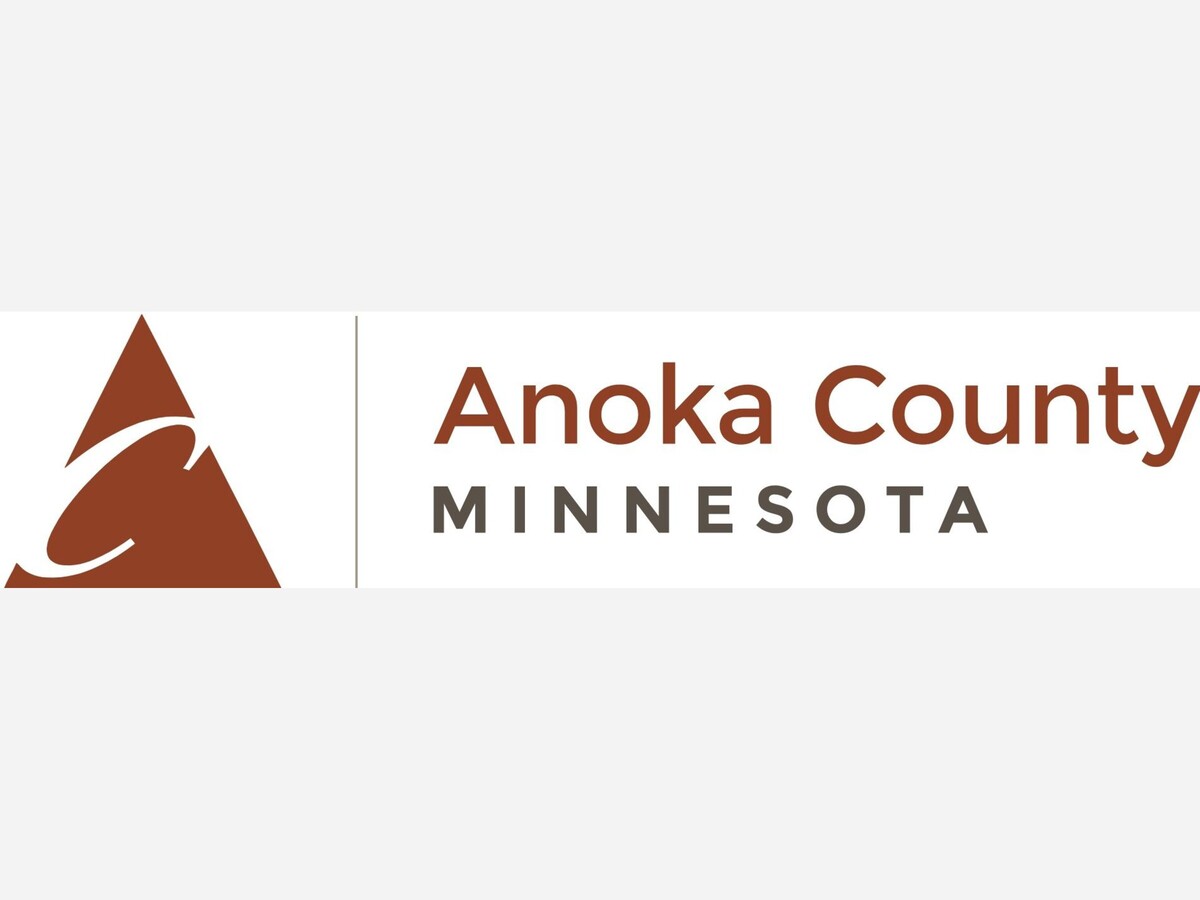Image


ANOKA, MN — Speeding might seem like a minor offense to some drivers, but in areas dense with schools, community facilities, and pedestrian traffic, it becomes a serious public safety concern. For the City of Anoka, where reports of reckless driving have grown more frequent, urgent action is underway. Thanks to funding from the State of Minnesota’s Safe Road Zone grant program, the city is rolling out new tools and strategies aimed at slowing drivers down—and saving lives.
A particularly problematic stretch lies along the County State Aid Highway 1 (CSAH 1) corridor—spanning Fifth Avenue and East River Road from Main Street to Ninth Avenue. Despite a clearly posted 30-mph speed limit, this thoroughfare has become a hotspot for speeding, even though it cuts through a highly trafficked area with multiple schools and youth-oriented facilities.
“It’s a section of roadway that’s got three or four schools,” said Anoka Police Captain Tom Schneider. “And it’s a 30-mph zone. People generally don’t come close to driving that; they drive well above that.”
Assistant City Engineer Ben Nelson highlighted additional concerns: “There’s the Anoka Aquatic Center off 7th Avenue that kids walk to during summer, a private school south of the Fred Moore Campus, and Goodrich Field, which hosts numerous high school events. There’s a lot of foot traffic and activity along this stretch.”
Although driver feedback signs exist in the area, their effectiveness is limited. “They’re only activated during school hours,” Nelson noted. “In the summer, those signs are off because there’s no school in session—and that’s when a lot of kids are out and about. Unfortunately, it’s not within our jurisdiction to operate them year-round.”
Adding to the problem is the steady flow of speeding vehicles entering and exiting downtown Anoka—despite a reduced speed limit as drivers come in from Coon Rapids.
To address these concerns, Anoka applied for and received its first Safe Road Zone grant—an initiative of the Minnesota Department of Public Safety. The funding is being used for both enforcement and education efforts designed to reduce speeding and improve pedestrian safety.
“The previous police chief submitted the application,” said Nelson. “We were awarded both enforcement and awareness grants, and each serves a distinct role.”
The enforcement portion of the grant is already funding increased patrols along the corridor, with officers dedicated specifically to monitoring and ticketing speeders.
“We have several traffic details where I put a couple of officers in place to specifically monitor the speeds on that road,” said Captain Schneider.
Meanwhile, the awareness component is supporting a citywide education campaign that includes new signage and a social media push to inform the public of upcoming changes.
“To help with this effort, we’ll be installing dynamic feedback signs that display your current speed, as well as static LED-enhanced signs highlighting the reduced speed limits as drivers enter from Coon Rapids,” Nelson explained.
While dynamic speed signs were traditionally reserved for school zones, the Safe Road Zone grant and local partnerships—particularly with Anoka County and the City of Coon Rapids—helped secure an exception for this high-risk area.
“It was a collaborative effort,” Nelson said. “Though Anoka received the funds, we worked closely with neighboring communities and Anoka County on implementation and signage placement.”
Residents should be aware that the signage being installed along this corridor is specifically funded by the Safe Road Zone grant—and won’t be replicated citywide unless additional funding becomes available.
“Signage for this corridor was only done because we received these grant funds,” Nelson confirmed.
Still, enforcement of speed limits continues throughout Anoka. Even if no signs are present, Minnesota law sets default limits for residential areas.
“According to MN Statute 169.14, all residential speed limits are 30 mph unless otherwise posted,” Nelson said. “That’s why the city doesn’t place speed limit signs in every neighborhood.”
As the Safe Road Zone initiative rolls out in Anoka, city officials have a clear and consistent message for drivers.
“We just need drivers to slow down,” said Schneider. “That’s really it.”
Speeding isn’t just a ticket-worthy offense—it puts lives at risk, especially in areas where children, seniors, and families frequently walk, bike, and gather.
For more information on the Safe Road Zone project and other community initiatives, visit www.anokaminnesota.com.